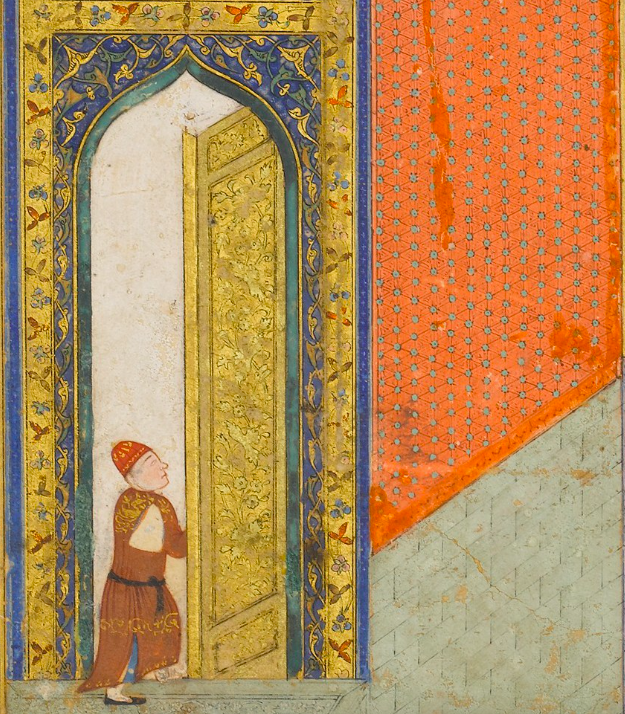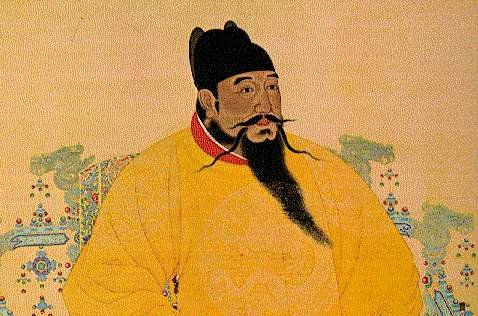Tāj al-Dīn ‘Alī ibn Anjab ibn al-Sā’ī was born in the last years of the 12th century and lived until the last quarter of the 13th. He was a prolific writer who grew up Abbasid Baghdad and saw it fall to the Mongol invasion of Hulagu Khan, grandson of Genghis Khan.
His solitary work that survives in its entirety is Consorts of the Caliphs: Women and the Court of Baghdad. In that book, he reaches all the way back to Hammādah bint ‘Īsā, who was married to al-Mansūr the Abbasid dynastic founder and died in 780, and all the way up to Shāhān, a contemporary of his and the concubine of al-Mustansir who died in 1242. He fills its pages with the women of the Abbasid caliphal court, women who appear there as wives, concubines, poets, and more. This episode is about some of those medieval women.
If you like what you hear and want to chip in to support the podcast, my Patreon is here.
Sources:
Ibn al-Sā'ī. Consorts of the Caliphs: Women and the Court of Baghdad, edited by Shawkat M. Toorawa. New York University Press, 2015.
Caswell, F.M. The Slave Girls of Baghdad: The Qiyan in the Early Abbasid Era. Bloomsbury Publishing, 2011.










